This plastic material, poor quality vacuum moulded and probably ABS (could be polystyrene), is cracking.
It is no longer available from Socata, although that factor should not affect the question, because nobody will bother getting a Field Approval for something like this. They will just glue it together with some glue 

An exact replica is easy enough to do, but in a different (much better) material. One would not vacuum mould it because vacuum moulding materials are basically crap.
Another notorious example is this trim

I know the FAA owner-made parts concession, so a bonus question is: could you sell these parts afterwards? Normally the answer is NO (unless PMA, STC, etc, or it is definitely a Minor Alt).
A now-defunct US company would build this kind of non-structural interior trim stuff to pattern or drawing. My plane’s original plastic panel overlay was replaced in this manner, with pattern updated to reflect replacement radios etc. It was installed on an logbook entry (minor mod), and in response to the OP I think its legal.
On the other hand my plane also has more significant mods with only logbook entries, e.g. non-original electrical switch panels and so on, all done before my time and very functional, but probably not legally documented. The aforementioned late ‘80s Nav and Com radio installation has no logbook entry at all IIRC, because it’s “original” (fingers crossed) on my early ‘70s plane. The good news is that in conjunction with the panel overlay this all looks OEM and the IAs doing Annuals don’t know or care anyway. This is why maintaining an unusual certified type can actually be easier than e.g. a C172 where some A&Ps know and might point out every unimportant deviation from standard spec and try to enter into a debate about its approval status, if only to relieve the boredom of working on those types as their job.
I am sure this company doesn’t have STCs, or PMA 

Peter wrote:
An exact replica is easy enough to do, but in a different (much better) material. One would not vacuum mould it because vacuum moulding materials are basically crap.
Well, it depends, does it? If you vacuum mould carbon-fibre parts (pure CF or CFRP), then it is surely is much better quality
Although, it is interesting, what kind of certification is required for non-critical interior parts (interior decoration).
Can’t you do it as an owner produced part? I think you can. Just to be clear – it doesn’t mean you have to make it yourself, you can subcontract it out. It just needs to be your design or initiative.
What would be safer? A 50 year cowling made of GRP, numerous cracks in the gel coat, layers of reinforcement on the inside, old heat bulges and distortion and 50 year old clips holding it on. The quote for a new top cowling is £ 5,000 so does not get replaced. Most Aircraft flying today have cowlings the same age as the Aircraft – especially the large ones.
Or somebody in Eastern Europe makes a stronger item out of carbon fibre, vacuum bagged just like Mike Patey and as it’s a 1/3 of the price it gets replaced.
I would make the regime that only non flight critical part could be replaced by the owner as long as signed off by an Engineer.
I have been down the replacement composite parts road during the re-build of my Robin DR400. New parts from Robin are now made from glass cloth rather than chopped strand and Show a weight reduction of 60-75% over the 1960’s technology chopped strand mat construction, but buyer beware the parts Robin supply are raw mouldings without any holes or fasteners so over half the cost of replacing them is in the fitting and hardware.
Carbon is a bit of a mixed blessing it is more expensive than glass and in many applications superior but as those of you follow F1 will know when struck by something carbon shatters in to razor sharp pieces that puncture tyres. To avoid puncturing humans in an accident the manufacturer’s of carbon airframes put Kevlar into the mix in the cockpit areas, this mitigates the danger of sharp carbon shards should the airframe be involved in an accident but of course this increase cost.
The biggest impediment to production of replacement parts is cost of small batch manufacture , moulds are costly to build and this is not worthwhile unless an assured market is available. We have experimented with laser scanning and computer printing of moulds , this had some success with smaller items but it is highly likely that the printed mould will be destroyed ( especially when internal dimensions are critical ) when the part is removed from the mould.
With the problems of small batch production, certification and the cheapskate nature of most of GA production of these parts Is usually unviable but for those of you who have parts that are showing their age repair by a specialist composite repair agency is an option, it is essential to remember that GA is a metalcentric industry and even those companies who maintain composite aircraft may well not have the skills or specialist equipment to properly repair composite parts and return them to a condition indistinguishable from new.
I should take some photos of the myriad of molds and one-off parts produced here, locally, by a couple of guys who know what they’re doing. Carbon fiber + honeycomb cowlings and fairings get made as a matter of course for almost every plane that comes their way, all of them in Experimental category, which helps create and preserve the ability to do things quickly versus writing about the difficulty of doing them 
The same guys built an entirely new 20G CF wing for their single seat aerobatic CAP, my favorite of their projects. Everything else was CF too, except the original fuselage, and just beautiful. They sold it and unfortunately the new owner wrecked it after an engine failure directly above the airport!
Heres a light shroud I made for a TB10, to replace the old ABS part. This used the 3d printed mould method that @A_and_C mentioned above.
First the item was designed in CAD. No fancy laser scanning, just using various measurements and photos, superimposed in the CAD software as canvasses.
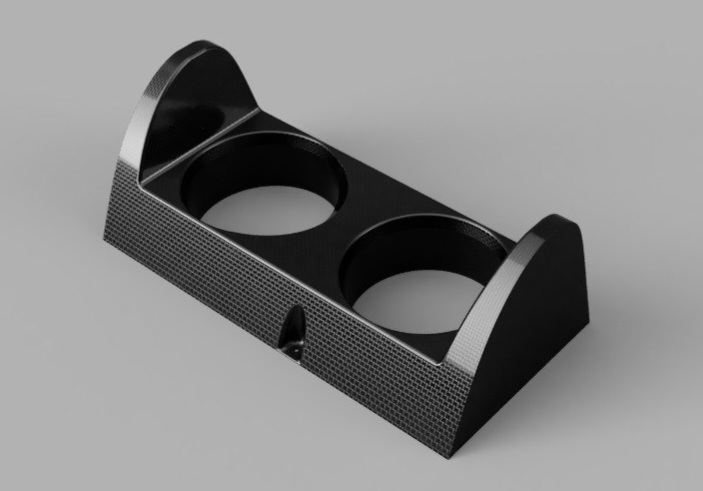
This was then made into a female mould. It had to be printed in two halves to fit on my printer. I used very low quality settings to avoid using too much filament and to safe time, but this was my first attempt at a printed mould and it’s clear that a multiple piece mould, using higher infill and thicker walls would result in a much easier to use, much higher quality and reusable mould.
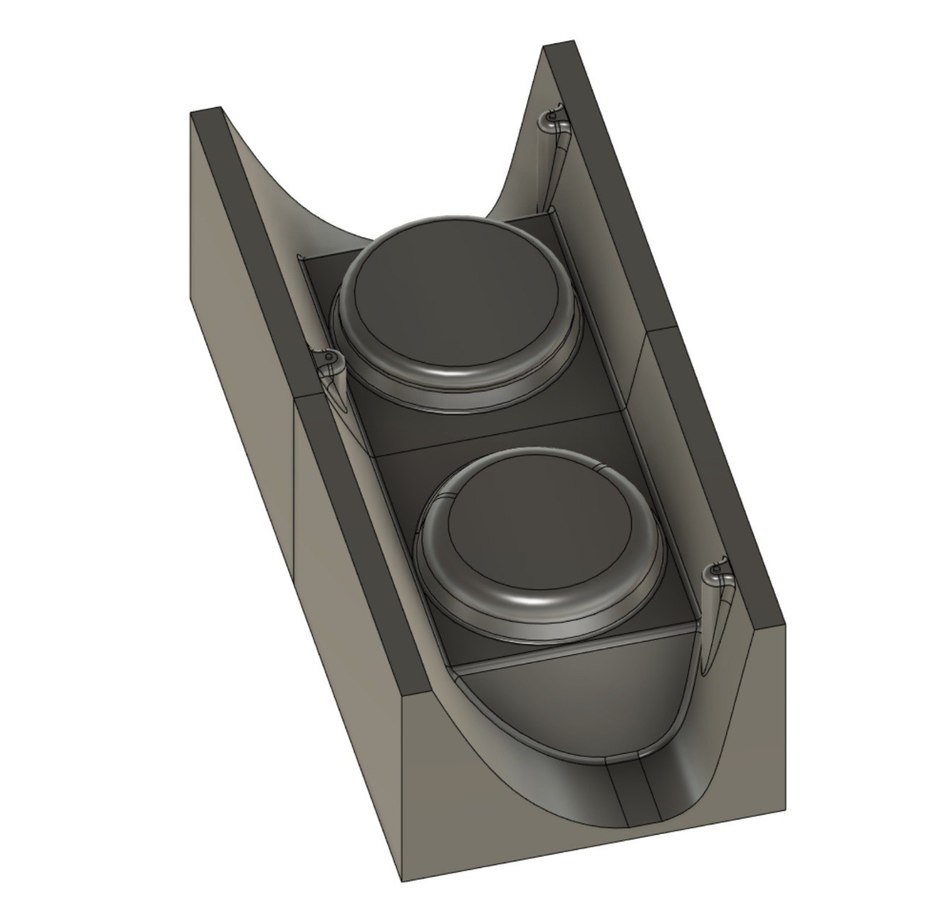
This was then printed and finished, which took a while due to my super low quality print settings. Like I say, I’d do this quite differently next time.
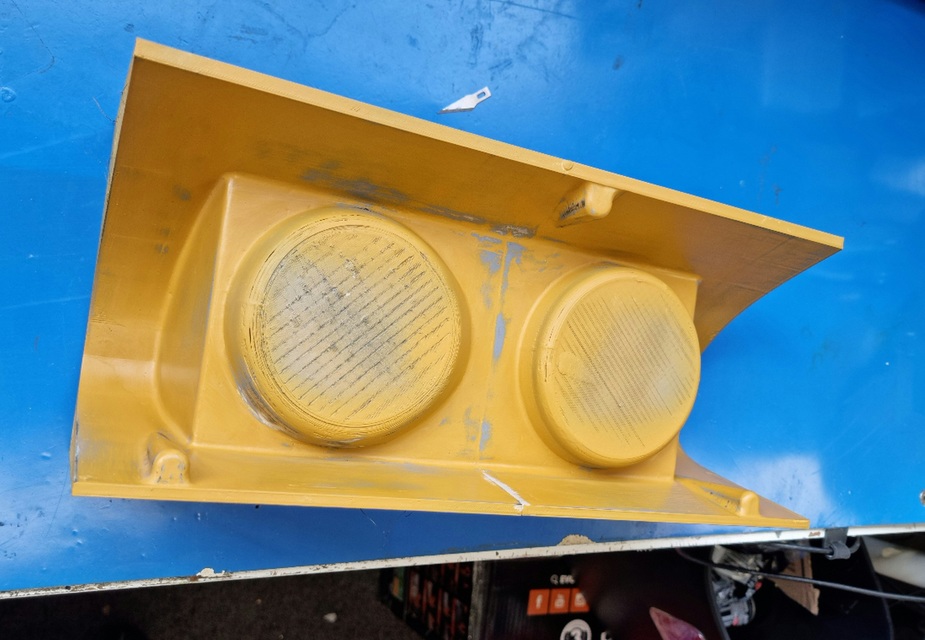
Partly due to the mould design, the low strength of my prints and also due to insufficient release wax, I did have to destroy the mould to release the part. For a very first attempt at moulding I was really pleased however and it was far less work than making a male plug from foam, which I’ve done before on other projects. Very accurate too.
The weird colours are the mould surface which stuck to the part instead of the mould. The cream coloured part is the original.
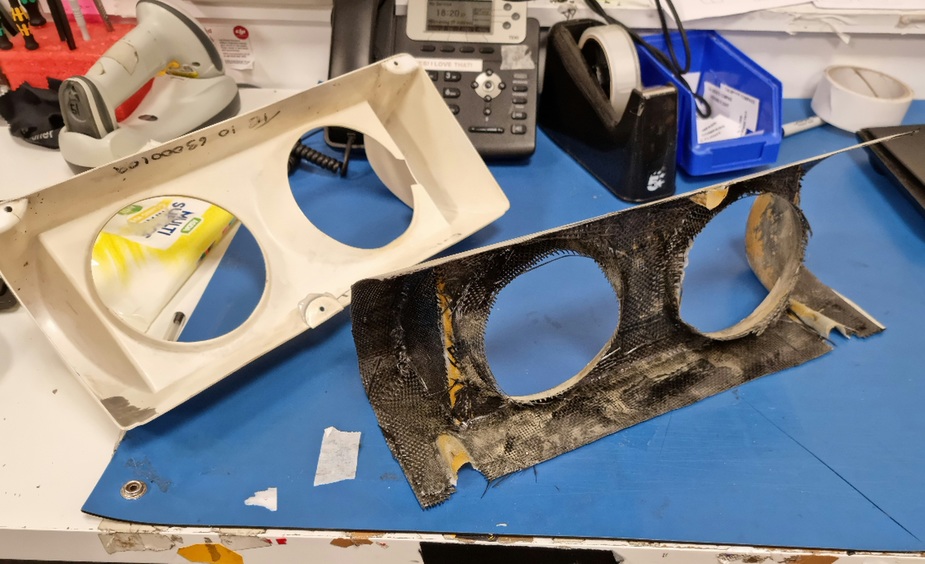

This was also my first attempt using carbon and my first attempt at laying up a mould. I had to use fibreglass cloth for the smaller radii, this would have been much much easier with vacuum equipment to hold the layup together.
It was then trimmed and a 3d printed frame glued in the back. The benefit of this is two fold, firstly it allows accurate mounting dimensions with precisely zero effort and secondly it prevents any corrosion issued caused by carbon contacting the aluminium airframe.
Some finishing and it was ready for paint:

And finally, fitted to the plane:
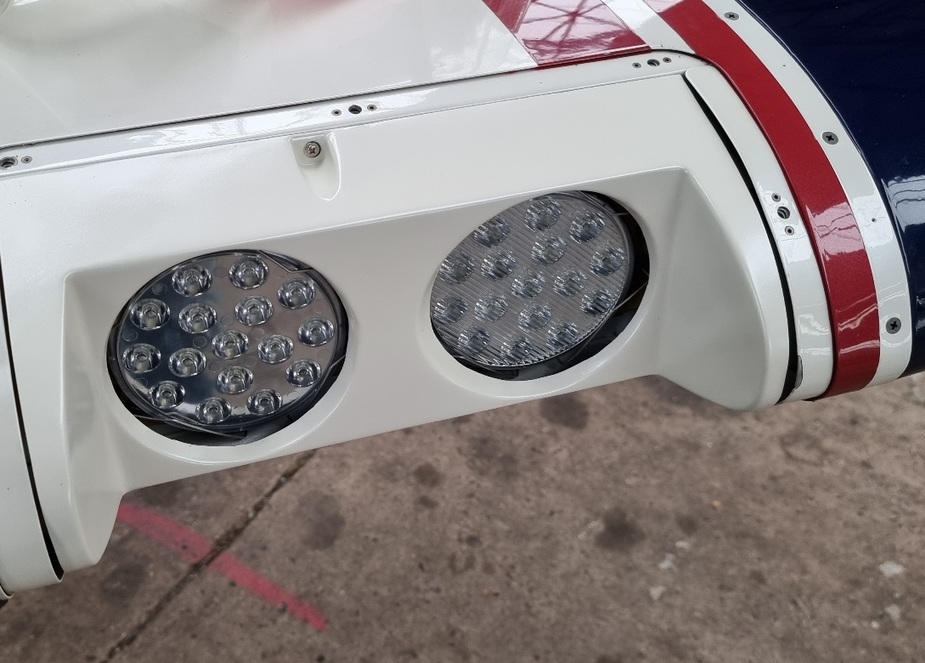
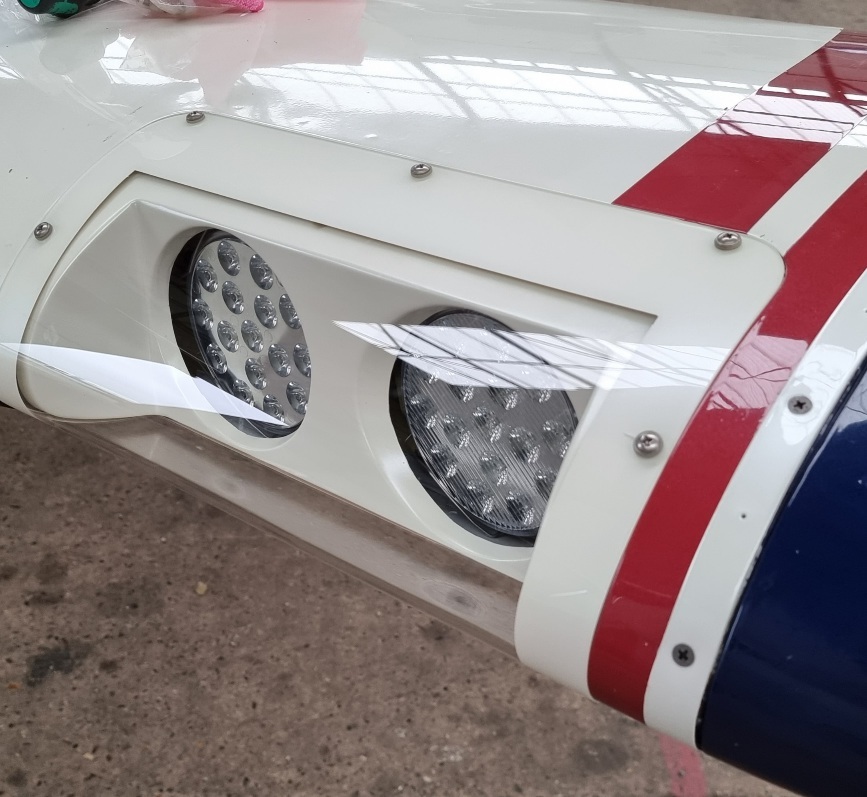
With a better mould it would be quite easy to reproduce these, but it was worth doing as a one off project for fun anyway. The carbon item is 90 grams vs the 150 gram vac formed original.
Well done. I know absolutely nothing about 3d printing, too high tech for a dynasaur like me.
But I would like to say how impressed I am.